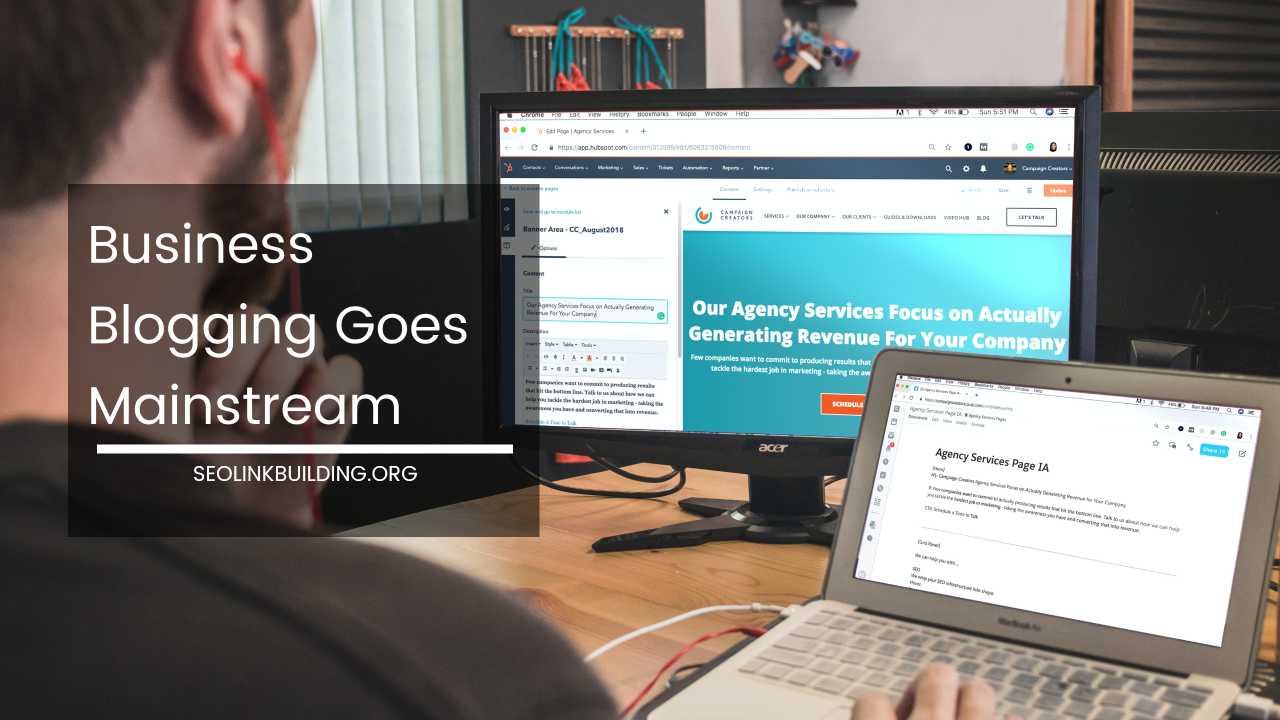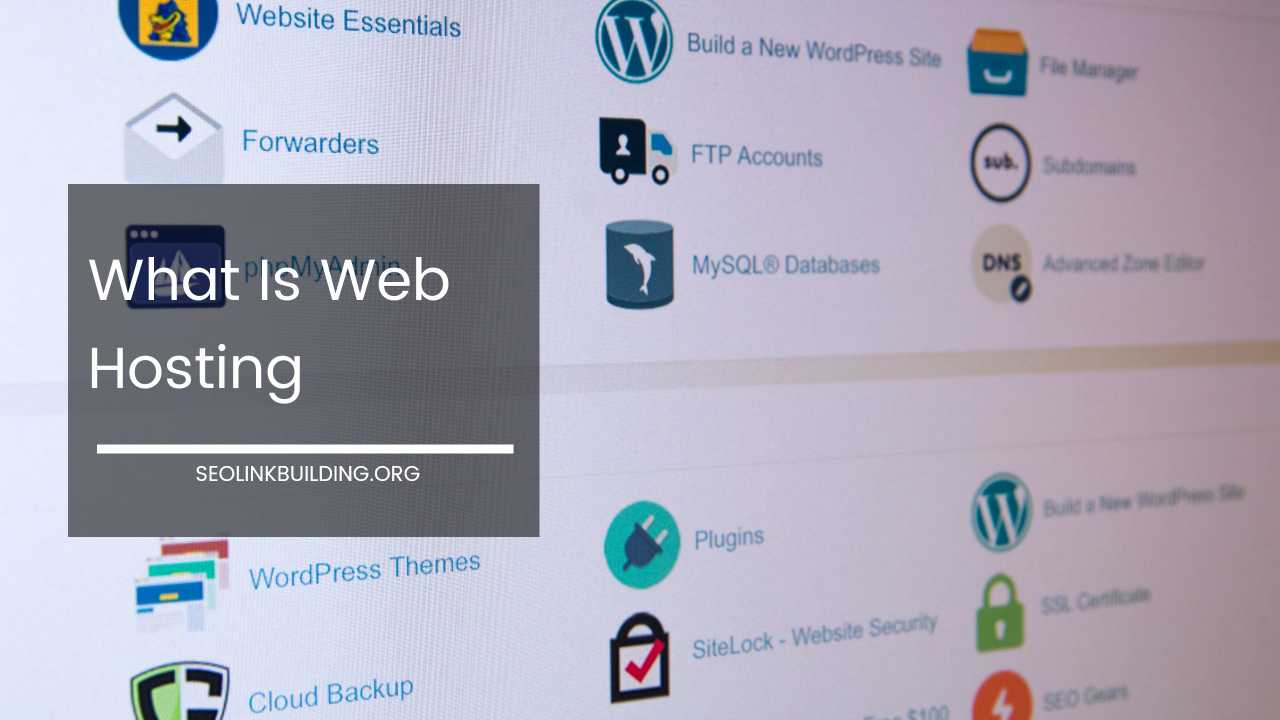Is Your Startup Scalable?

Is Your Startup Scalable? A Comprehensive Guide to Building a Sustainable Growth Engine
The startup journey is exhilarating. You’ve unearthed a hidden need, crafted a brilliant solution, and validated your product with a passionate early adopter base. But as the initial thrill of traction settles, a critical question emerges: Can your startup scale?
Scaling isn’t just about growth. It’s about achieving exponential growth while maintaining profitability and a strong foundation. It’s the difference between a fleeting trend and a lasting force.
This comprehensive guide will equip you to assess your startup’s scalability and provide actionable steps to build a business primed for long-term success.
The Anatomy of Scalability
Imagine a charming bakery known for its handcrafted sourdough bread. They have a loyal following and can handle a steady stream of customers. However, if a national food critic raves about their bread, the bakery might struggle to keep up with the sudden surge in demand. A scalable business, however, can adapt to this situation efficiently.
It can leverage technology to automate tasks, expand production capacity, and streamline logistics to meet the new demand without sacrificing quality.
Here are some key characteristics of a scalable startup:
-
Repeatable Business Model: Can you replicate your core business functions and customer acquisition strategies efficiently as you grow?
- Think SaaS (Software as a Service): Subscription-based models automatically scale with your user base, reducing per-customer service costs.
- Consider Freemium models: Offer a basic version of your product for free, attracting a large user base and converting a portion into paying customers.
-
Technology Advantage: Does your product or service leverage technology to automate tasks and reduce per-customer costs as your user base expands?
- Explore opportunities for machine learning to automate customer service interactions or personalize product recommendations.
- Utilize cloud-based solutions for data storage and processing, ensuring scalability and cost-efficiency.
-
Strong Customer Lifetime Value (CLTV): Do your customers generate recurring revenue or become brand advocates, reducing customer acquisition costs in the long run?
- Focus on building a loyal customer base through exceptional customer service and a product that solves a real problem.
- Implement strategies to encourage customer referrals and incentivize repeat business.
-
Agile Infrastructure: Can your systems and processes handle increased user traffic, data storage, and operational demands?
- Invest in flexible and scalable infrastructure that can adapt to changing needs.
- Prioritize data security to protect customer information and maintain trust as you grow.
-
Talent Pool: Do you have a team with the expertise and capacity to manage growth?
- Build a team with a growth mindset, who are adaptable, data-driven, and comfortable working in a fast-paced environment.
- Consider offering competitive compensation packages and opportunities for professional development to attract and retain top talent.
Signs Your Startup is Poised for Scalability
These indicators suggest your startup has the potential to thrive in hyper-growth mode:
- Strong Product-Market Fit: Customers love your product, and demand is outpacing your ability to fulfill it. User engagement metrics like daily active users (DAU) and monthly active users (MAU) are consistently growing.
- High Gross Margins: A healthy profit margin ensures you have resources to invest in growth initiatives like marketing, technology, and talent acquisition.
- Predictable Sales Funnel: You can consistently attract new customers through well-defined marketing and sales channels. Customer acquisition costs (CAC) are stable or decreasing, indicating an efficient marketing strategy.
- Standardized Processes: Your core operations are documented and systematized, allowing for easier replication as you scale. This includes sales processes, onboarding procedures, and customer support protocols.
- Culture of Innovation: Your team embraces change and is constantly seeking ways to improve efficiency and scalability. There’s a strong emphasis on experimentation, data-driven decision making, and continuous improvement.
Building a Growth Engine: Strategies for Sustainable Scaling
If your startup exhibits these signs, it’s time to refine your approach for sustainable growth. Here are some key strategies to build a robust growth engine:
- Focus on Core Business: Don’t get distracted by shiny objects. Identify your core value proposition and ruthlessly prioritize activities that strengthen it. Resist the urge to add features or enter new markets that deviate from your core offering.
- Invest in Technology: Automate tasks, leverage cloud-based solutions, and build a robust technological infrastructure that can handle growth. This could involve implementing a CRM (Customer Relationship Management) system or developing a self-service customer portal.
- Develop a Scalable Marketing Strategy: Shift from manual outreach to automated marketing funnels and data-driven customer acquisition strategies. Utilize tools like marketing automation platforms to nurture leads, personalize messaging, and optimize campaigns for maximum ROI (Return on Investment).
- Build a High-Performing Team: Hire talented individuals who can not only execute but also adapt and innovate as your business scales. Focus on building a diverse team with complementary skillsets, fostering a collaborative and results-oriented environment.
- Establish a Culture of Measurement: Track key metrics like customer acquisition cost (CAC), CLTV, and churn rate to identify areas for improvement and optimize your growth strategy. Implement a data-driven approach to decision making, constantly testing and refining your marketing, sales, and product development efforts.
- Embrace a Customer-Centric Approach: Prioritize customer satisfaction throughout your growth journey. Gather customer feedback through surveys, user interviews, and support tickets. Actively address customer concerns and use their insights to iterate on your product and improve the overall customer experience.
Common Pitfalls and How to Avoid Them
Scaling too early or without a clear plan can be disastrous. Here are some red flags to watch out for and strategies to mitigate them:
- Premature Hiring: Don’t add unnecessary overhead. Hire strategically, focusing on roles that directly contribute to growth. Outsource tasks that can be done more efficiently by freelancers or agencies until your core team has the bandwidth to handle them internally.
- Neglecting Product Development: Focus on continuously improving your core offering. Don’t let growth overshadow product quality. Allocate resources for product development to ensure you’re consistently adding value for your customers.
- Ignoring Customer Feedback: A growing customer base brings diverse needs. Actively solicit and address customer feedback through surveys, user communities, and social media engagement. Failing to listen to your customers can lead to churn and hinder your ability to scale effectively.
- Cash Flow Mismanagement: Manage your finances meticulously. Unsustainable spending can cripple your startup during growth spurts. Develop a robust financial model, forecast your future needs, and prioritize building a healthy cash reserve.
- Micromanagement: As your team expands, empower them to make decisions. Micromanaging stifles innovation and hinders growth. Delegate tasks, provide clear direction, and establish performance metrics to hold them accountable without stifling their creativity and initiative.
Building a Sustainable Future
Scaling a startup is an exciting and challenging endeavor. By understanding the core principles of scalability, assessing your company’s readiness, and implementing the right strategies, you can propel your venture towards sustainable success. Remember, focus, efficiency, and a commitment to long-term value creation are the hallmarks of a truly scalable startup.
Beyond the Basics: Advanced Strategies for Hyper-Growth
This guide has provided a foundation for building a scalable startup. However, for ventures aiming for explosive growth, here are some additional considerations:
- Network Effects: Can your product or service become more valuable as more users adopt it? Consider the power of network effects, as seen in social media platforms where user growth fuels further user acquisition.
- Partnerships and Acquisitions: Explore strategic partnerships or acquisitions to expand your reach, access new markets, or acquire complementary technologies. Partnering with established players can provide the resources and expertise to accelerate growth.
- Building a Global Brand: If your product has international appeal, develop a global expansion strategy. This could involve adapting your product for different markets, establishing local teams, and complying with international regulations.
Final Word
The journey to becoming a scalable startup requires a blend of strategic planning, operational excellence, and a willingness to adapt. By following the principles outlined in this guide, you can build a resilient business capable of achieving sustainable, exponential growth.
Remember, the ultimate goal is not just to get big but to create a lasting impact on your industry and the world.
Ready to take the next step? Research successful startups in your industry and analyze their growth strategies. Consider seeking guidance from mentors or advisors who have experience navigating the scaling process. With the right approach, your startup can become a beacon of innovation and growth, leaving a lasting impact on the world.













